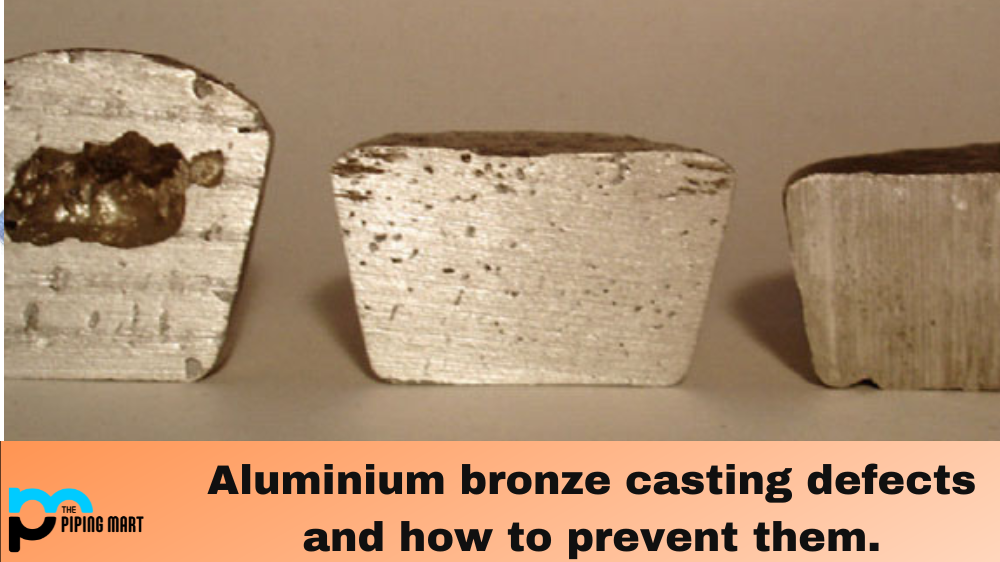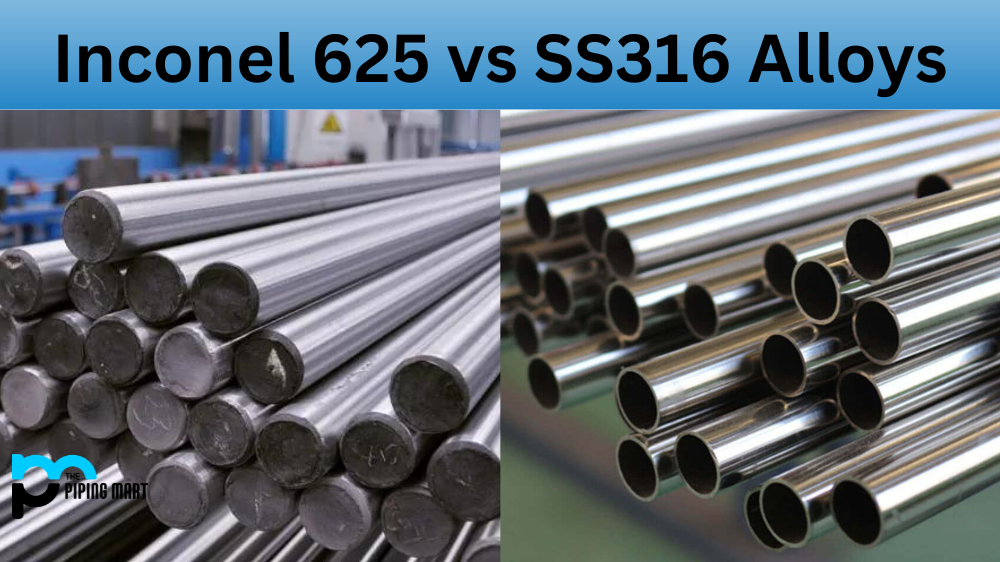Aluminium bronze casting is a popular choice for many applications because it is known to be strong and durable. However, the casting process can also be prone to defects if not done correctly. In this blog post, we will discuss some of the common aluminum bronze casting defects and how to prevent them.
Aluminium bronze casting defects
Casting defects can be a major headache for manufacturers who use aluminium bronze. Aluminium bronze is most commonly used in the production of goods that require extremely high strength, corrosion resistance, and excellent dimensional stability. While the alloy has many positives, its tendency to develop issues during casting must be taken into account by manufacturers. Common defects include hot tearing, cavitation, air entrapment, sand erosion, gas porosity, and poor surface finish. Although certain steps can be taken to reduce these challenges – such as controlling cooling rates and fluxing materials – avoiding problems altogether is not always possible. For this reason, it’s important for those in the industry to ensure that good quality tests are conducted both prior and post-casting to ensure the best possible end product.
Gas Porosity
Gas porosity occurs when gas bubbles become trapped in the molten metal during the casting process. This can lead to weak spots in the finished product, which could lead to premature failure. To avoid this, the mould must be preheated before pouring the molten metal into it and then allowed to cool slowly. Additionally, deoxidizers should be added during the melting process to reduce gasses that could become trapped in the metal.
Shrinkage Porosity
Shrinkage porosity occurs when the solidification of the molten metal does not keep up with the contraction of the metal as it cools. This can lead to voids or cracks in the final product, reducing its strength and durability. To prevent shrinkage porosity, it is important to ensure that your moulds are properly designed and insulated so that they do not cause rapid molten metal cooling. Additionally, you should use a slow pour rate when filling your moulds with molten metal so that solidification can keep up with contraction as much as possible.
Inclusions
Inclusions are particles of foreign material that become trapped in the aluminium bronze during the melting or pouring of the molten metal into a mould. These particles can weaken or damage components made from aluminium bronze, so it is important to ensure that only clean materials are used for the melting and pouring processes. Additionally, using proper filtration techniques during processing can help reduce inclusion levels in your castings by removing any impurities present in your metals or alloys before they are poured into moulds.
How to prevent them.
Aluminium bronze casting is a common process used to create metal components. However, it can be prone to certain types of defects. Fortunately, there are several strategies that can be implemented in order to prevent these issues. Utilizing pressure testing techniques will help ensure parts are made with uniformity and consistency. Moreover, making sure the right mixture of Aluminium and Bronze is used for casting can help reduce defects due to uneven heating or cooling cycles. Finally, thoroughly pre-heating molds prior to beginning the pouring process is paramount as it prevents uneven shrinking and cracking during cooling. By using these preventative tips, many of the common Aluminium bronze casting defects can be avoided, ensuring success in your final product.
Conclusion
Understanding and avoiding common aluminium bronze casting defects is essential in producing quality castings that meet customer expectations and industry standards. Proper care taken at each step of production will help you produce quality parts every time! By taking steps such as preheating moulds before pouring, adding deoxidizers during melting processes, insulating moulds properly, using slow pour rates when filling moulds with molten metal, and using proper filtration techniques during processing you can help ensure that your castings are free from defects like gas porosity or shrinkage porosity as well as reducing levels of dangerous inclusions that may weaken components made from aluminium bronze castings.

Pipingmart is a B2B portal that specializes in metal, industrial and piping items. Additionally, we share the latest information and information about materials, products and various types of grades to assist businesses that are involved in this business.




